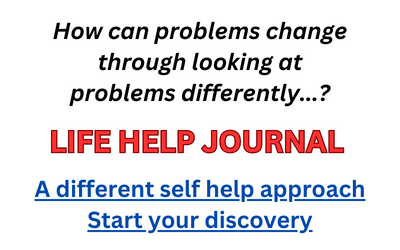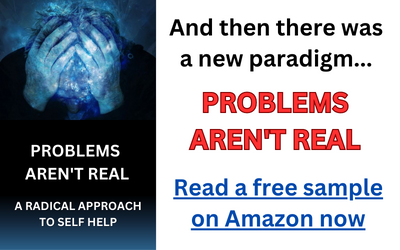Nisargadatta Maharaj was an Indian spiritualist thinker and teacher. Those already familiar with Nisargadatta Maharaj are, likely, aware of some rather deep spiritual concepts, particularly as it relates to the identity of self.
Those not familiar with Maharaj can gain some valuable insights from his teachings, I believe, though they may not initially grasp or even accept these teachings. And what is the crux of Nisargadatta Maharaj’s teachings? That we are not who or what we tend to believe — not even close.
What we are not, according to Maharaj, is the flesh and blood body, or the thoughts and emotions that occur to us, or the life roles we take on (mother, husband, mechanic, atheist, etc). What are we then? We are that which is aware of our bodies, and thoughts and emotions, and roles, and the external world; that which interprets data from our senses; that which allows us to say ‘I am’ and to know that we exist; that life force which animates the body.
We are the “ghost in the machine”, an energy that cannot be seen or measured through the senses but can certainly be felt. This energy is sometimes called consciousness or awareness, or life force, or even God, and other things as well. The name it is called is superficial and, essentially, unimportant.
In truth this aspect of Nisargadatta Maharaj’s teachings are not so different from many other perspectives, including my own. The belief that we are above and beyond simply being a human form has a long history in spiritualism as well as organized religion. It’s a belief that also, in my estimation, has very significant life implications.
If we believe ourselves to be limited human forms then we are rather powerless, and also vulnerable, in the face of our big world. We are also considerably impacted by worldly events because of attachments we have, based upon our perceived needs and desires. Something like divorce, for instance, would be a major trauma as it would change or destroy roles we’ve taken on — husband or wife, father or mother — and also affect our self-image as a person operating in the world.
But if we thought of ourselves as above limited humanity then our power potential could grow significantly and we could also, much more comfortably, consider worldly circumstances as ultimately beneath us; not unimportant but not touching or threatening our essence. We could watch the world go by, if you will, and not get sucked into human melodrama.
Jesus’ statement ‘I have overcome the world’ speaks to this outlook, as does the Buddhist notion of non-attachment.
Where Nisargadatta Maharaj’s teachings differ from the spiritual norm, and this is particularly expressed in the book Pointers From Nisargadatta Maharaj, is in how he believed consciousness — how he typically referred to animating and aware life energy — behaved. Consciousness, according to Maharaj, takes on physical form to consider itself for a time by comparison with other physical forms (of itself).
When this exercise in self-consideration ends through the demise of the physical form — death — consciousness exits the physical form and returns to singular consciousness. This singular consciousness is, in fact, the only reality as the universe and everything within it — including forms of life — are mere concepts within consciousness. The universe is, in effect, the dream of consciousness.
When you dream don’t you see a world, complete with forms of life? While within a dream we typically don’t have the insight that we’re dreaming; we typically take our dream world, while we are in it, to be absolutely real. But are these worlds, and the life within them, actually real? Most people would almost certainly say no.
When you wake up from your dreams you believe yourself to have become reacquainted with a real environment — the only real environment (reality). In fact, according to Nisargadatta Maharaj, you are no more real than the life forms that seemingly exist within your sleeping dreams. You are part of a dream, and consciousness is what’s having the dream.
If you consider the scenario above to be overly complex for a sleeping dream, sleeping dreams are rarely as detailed as our life experience seems to be after all, think of it as a daydream instead. Consciousness is having a daydream, and you’re it.
And all this time you thought you were “real”…
Nisargadatta goes on to say that when consciousness returns to singular consciousness it goes back to oneness: there is nothing aside from this singular consciousness. Duality, or more than one, ends when consciousness stops daydreaming. Consciousness in its singular state, according to Nisargadatta Maharaj, has no self-awareness. It has no sense of being or ‘I am’ in other words.
This last notion is particularly hard for me to get around. How could a presence that can conjure up a complex universe full of life have no sense of itself? How could such a presence ever be unconscious?
Others will certainly have more issues with Nisargadatta Maharaj’s notions beyond the single one I’ve mentioned here and, for the record, I’m not saying that I embrace all that Maharaj is espousing. I do believe however that he brings up some quite interesting points around the important issue of self identity, and I recommend the work Pointers From Nisargadatta Maharaj as it goes to great lengths exploring this topic.
Find Pointers From Nisargadatta Maharaj Here.

